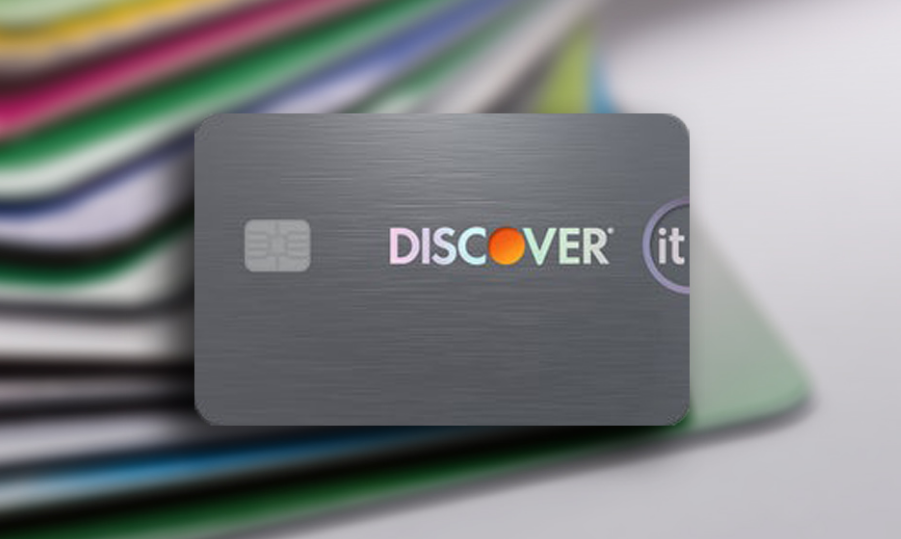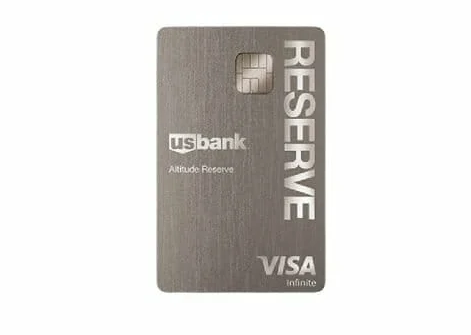Younger generations in the UK are redefining payment card usage, influenced by their digital upbringing. Their financial practices and preferences are evolving, with technology playing a central role. From their view of money to the tools they use to manage it, these shifts are transforming the financial landscape. This change is not only impacting individuals but also reshaping broader financial trends. In this discussion, we’ll explore the key trends, motivations, and innovations driving the transformation of spending habits among young Britons.
Page Contents
ToggleEmbracing technology for seamless transactions

Digital transformation plays a key role in how younger generations in the UK manage their finances. Millennials and Gen Z prefer contactless payments, virtual cards, and mobile wallets for their speed and convenience. These methods simplify financial management by integrating seamlessly with financial apps that track spending and set budgets. The rise of smartphones and the internet has led to a preference for cashless transactions, with wearable tech like smartwatches further enhancing speed and efficiency. Digital payments are now deeply embedded in daily life, reshaping financial interactions in the UK.
A shift towards mobile wallets
Mobile wallets have become a key feature in the UK’s financial landscape, particularly among younger consumers. Apps like Apple Pay, Google Pay, and Samsung Pay offer a digital alternative to traditional wallets, with features such as loyalty programs, gift cards, and ticketing. Security is a major factor in their adoption, with advanced encryption and biometric authentication ensuring robust protection against theft and fraud. Mobile wallets also integrate with banking apps and online shopping platforms, streamlining transactions and enhancing the user experience. As they evolve, mobile wallets are increasingly replacing physical payment methods, reshaping financial interactions.
The growing role of contactless payments
Contactless payments have become popular among young Britons for their speed, convenience, and hygiene benefits, especially amid health concerns. With rising transaction limits, users can make larger purchases quickly, fitting their fast-paced lives. Contactless cards serve as a backup to mobile wallets, ensuring convenience when phones are unavailable.
UK retailers have widely adopted this trend, making contactless payments accessible. These methods not only offer convenience but also reflect a cultural shift toward touch-free technology, aligning with lifestyle preferences and security concerns. As the UK moves toward a contactless society, these payments will continue to shape the financial habits of millennials and Gen Z.
Driving factors behind evolving payment preferences
The shift in payment card use among younger generations in the UK is driven by economic, technological, and cultural factors. Key motivations include a desire for financial autonomy and instant access to funds, with younger consumers prioritizing convenience and independence. This aligns with the broader trend of personalization in consumer experiences, sparking innovation in financial products.
Economic factors, such as the rise of the gig economy, require flexible financial solutions to manage irregular income, which digital payment tools provide. Cultural influences, including exposure to global technologies and trends, encourage the adoption of dynamic financial management methods, accelerating the shift to digital payment ecosystems.
The influence of peer networks and social media
In today’s interconnected world, peer influence and social media significantly shape the payment habits of younger generations. Digital platforms have evolved from social spaces to hubs for discussing financial products and innovations. Young people rely on these forums to learn about and share experiences with various payment tools, creating a community-driven approach to managing finances. Recommendations from trusted sources in their networks often outweigh traditional advertising, driving engagement with new payment technologies.
This peer influence extends to lifestyle choices, particularly within the sharing economy, where activities like splitting bills or organizing group events are facilitated by seamless, cash-free transactions. Social media amplifies this trend, normalizing these practices as part of an aspirational lifestyle focused on efficiency, communal interaction, and digital convenience.
Fintech companies have capitalized on this shift, using social media to target younger audiences with tailored marketing strategies. By engaging directly with these digital spaces, they’ve successfully positioned their products at the forefront of consumer minds, accelerating the adoption of innovative payment methods. This relationship between social media and financial innovation has sped up the acceptance of digital payment technologies, highlighting the power of online communities in shaping financial habits.
Economic drivers and the gig economy
The financial behavior of younger generations is shaped by the gig economy, where variable income streams require flexible financial tools. Digital wallets and contactless payments offer the convenience and adaptability needed to manage finances and support work-life balance. Fintech platforms for freelancers, providing instant fund transfers and financial insights, align with this need for flexibility.
As non-traditional employment grows, young people seek tools that offer prompt access and comprehensive financial management. Economic uncertainties also drive this shift, with younger generations embracing tools that provide instant access and financial oversight. As the gig economy expands, these payment technologies will continue shaping the financial future of young generations.




